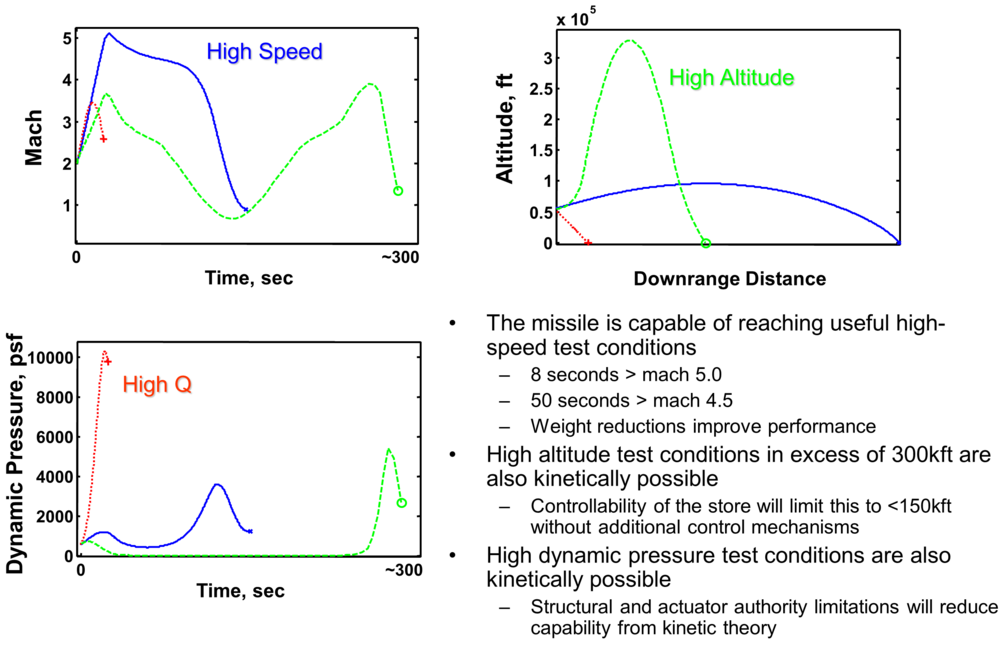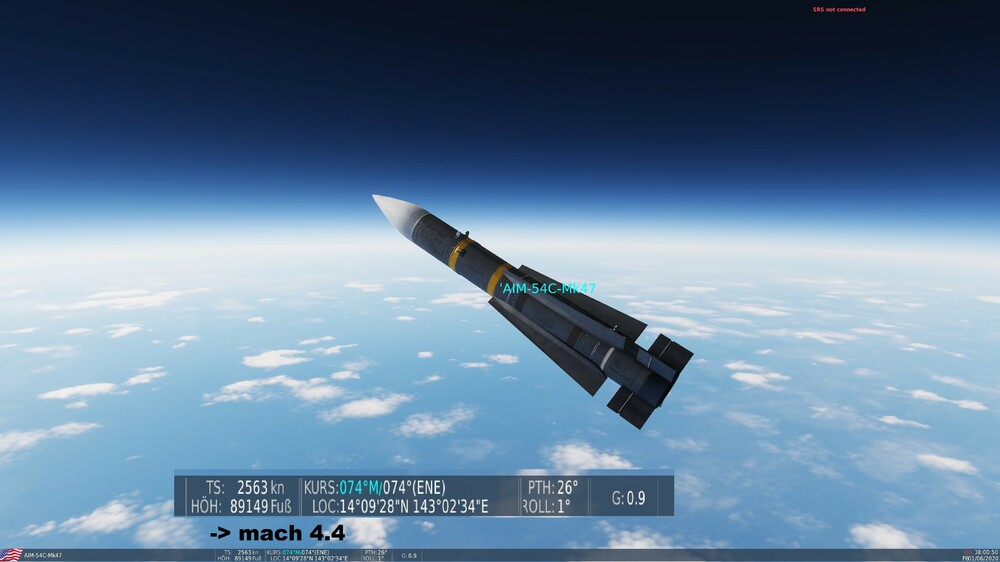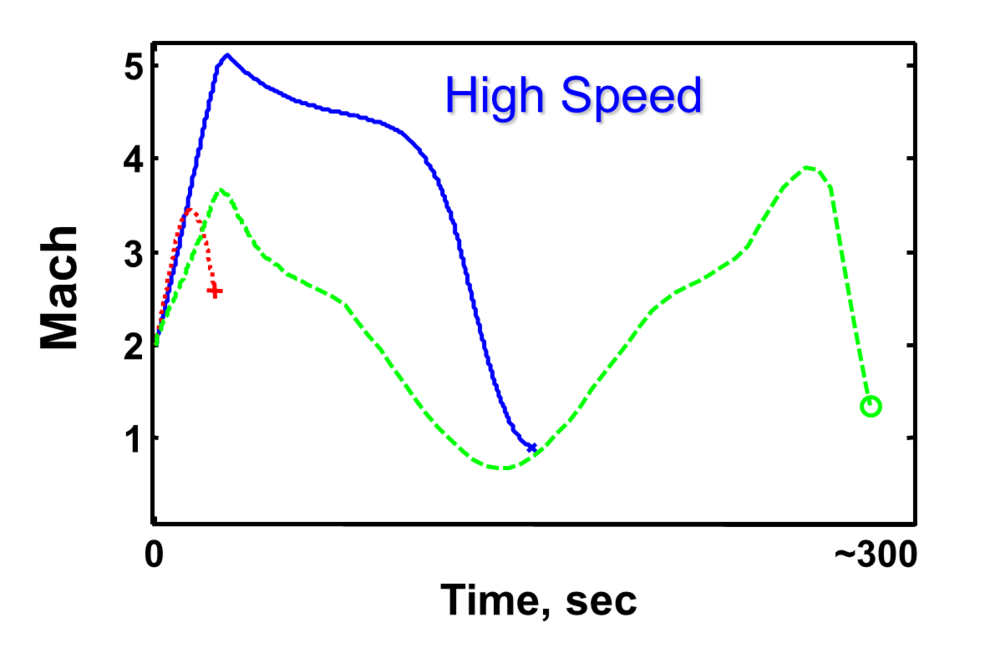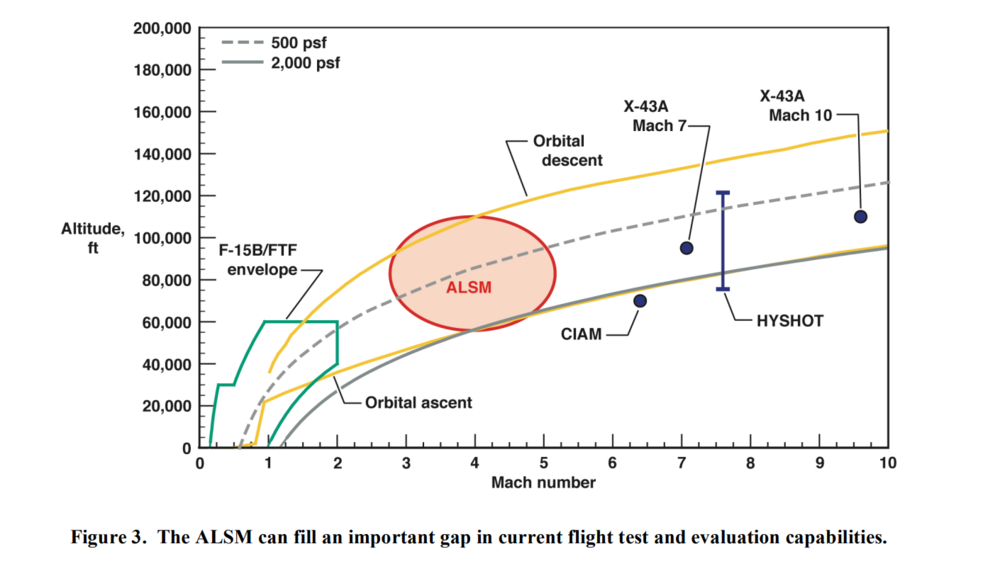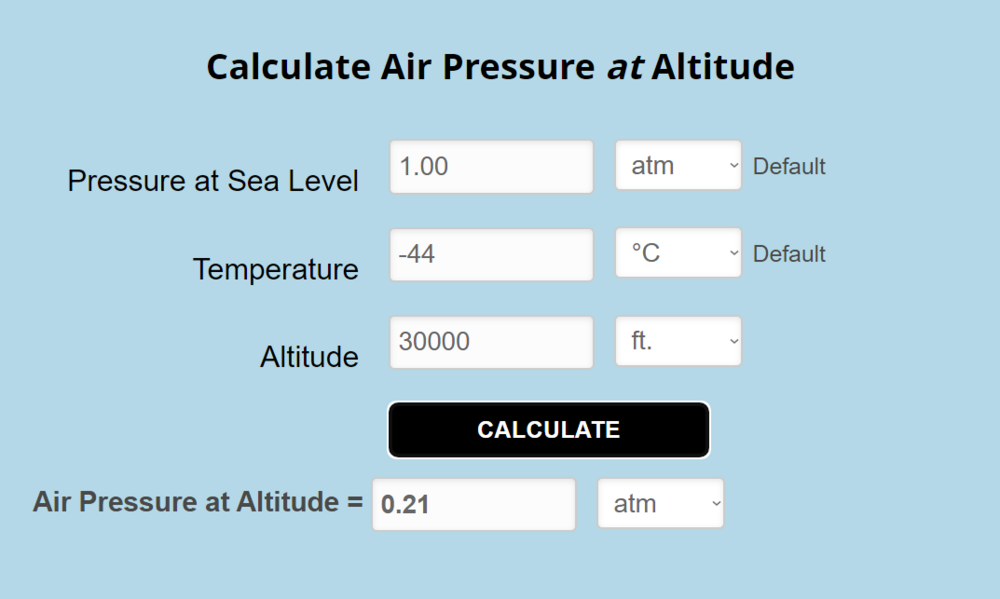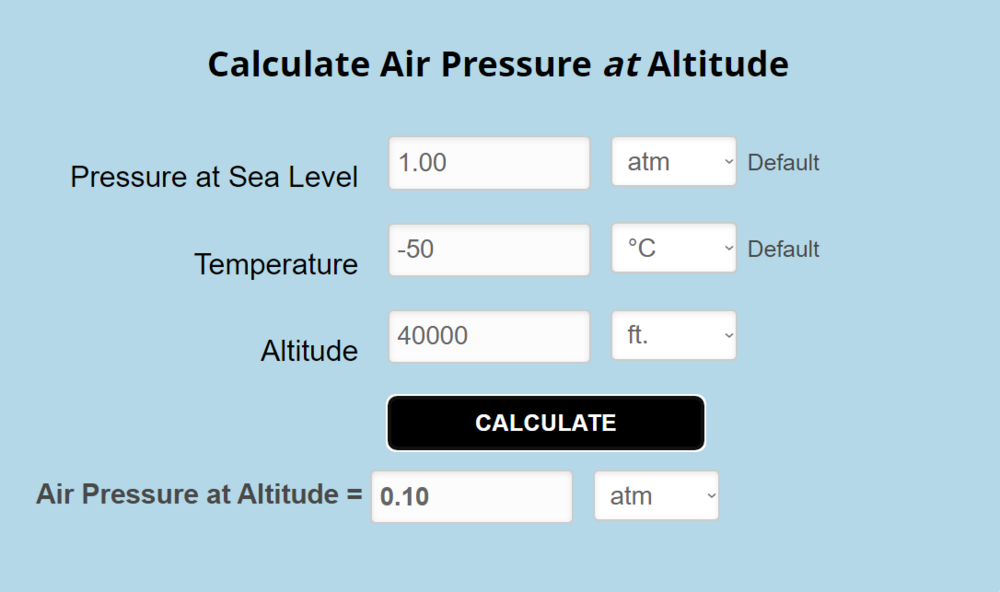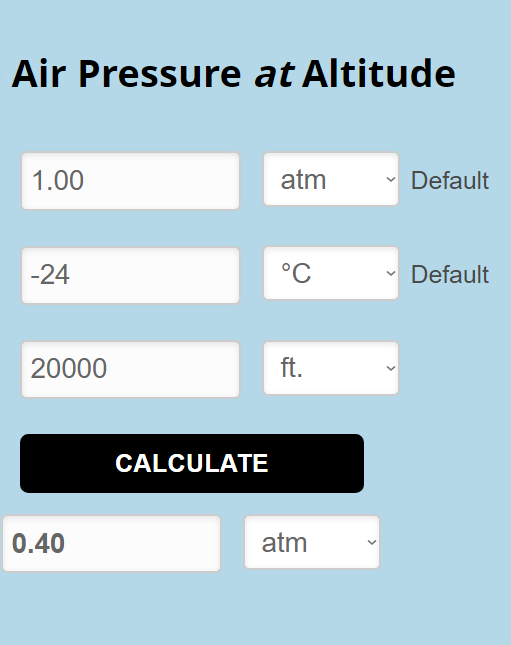

vovochen
Members-
Posts
13 -
Joined
-
Last visited
Recent Profile Visitors
The recent visitors block is disabled and is not being shown to other users.
-
Thank you everyone for participating, Especially the HeatBlut Person who took his time, I have come to terms with the difficult truth that the Phoenix is currently as it should be in the game. Best Wishes !
-
On the mach/meters: I really thought I had embarrassed myself there. You so far dodged my question about the increase of thrust by altitude: Where is that happening ? I have attached the .lua, so you dont need to grab it out of the files yourself. Well.. since everything's declassified by now, or it wouldn't be in the game.. what are your sources ? ^^ Do you think asking the Iranian Government is worth a shot ? Weapons - Copy.lua
-
Further,HAZARD CLASSIFICATION OF UNITED STATES MILITARY EXPLOSIVES AND MUNITIONS.pdf how do you solve the discrepancy of the Hazard Classification of the US Military listing the propellant weight of the A Version Motorsas 459 pounds, it being listed on "myskyhawk.com" too as 459 pounds, by a company who is selling Military Parts, and a third Company Specialised in Military Components called PartTarget which also lists the AIM-54A with a propellant weight of 459 pounds ? I have further Emailed these Companys, asking if they are allowed to share the Specific Impulse of the used propellant. ( https://myskyhawk.com/parts/guided-missils/guided-missiles/intercept-aerial-guided-missile-1410-00-427-5506 ) ( https://www.parttarget.com/1410-00-427-5514_1410004275514_1410-PA55.html )
-
Please excuse the feet / meters slip-up of mine. ^^ I was not wearing my glasses and missread meters as mach, thinking it may have been mis-labeled. ^^ But no, I am referring to this, entirely different launch conditions, and without a stripped down missile. Did Heatblur ever test, if this is currently achievable ?
-
Thank you for your response ! If the Scale on the left is feet (which I assume it must be), then you are not matching the "Mach 1.2, 45,000-ft launch conditions", but launching at 15000 feet. What is going on there ? The MK47 does genually behave as advertised in your Graph (although my missile was always going a bit slower, but that may me measuring error), but it does not seem to be able to achieve anything close to the Mach 5.1 (source: SubA_6_2_Phoenix Project Overview) when launched at 52000 feet going mach 2.0 and giving it an angle of around 20°. The highest Mach I could achieve was 4.5 instead of the 5.1 seen on the NASA chart. Have you been able to achieve Mach 5.1 with the phoenix being launched at 52000 feet and the Tomcat going Mach 2.0 ?
-
Thank you very much for going through and honoring my efforts with a Reply, JNelson. In the conducted NASA Research a Missile with "Zero-lift trajectories [...] with no missile guidance (fixed fins)" on a ballistic course was used to generate the Simulation Data. I am going to sim this in DCS and share my findings; did your missile in DCS describe a parabolic trajectory when generating the Graph, or did it go in a straight line until running out of energy ? There is no height data included; is that available, could you post the Graph of it ? Where in the Code is the Motor thrust being adjusted by height ? I have been looking into the DCS Code for 4 years now, but was indeed unable to find anything regarding that. Furthermore: Which Motor did you use generating the Graph ?
-
ADDITION: Found this Post, claiming the Isp is indeed off and should be 252s instead of 229s: https://www.secretprojects.co.uk/threads/aim-54-phoenix-motor-propellant-question.15336/ Furthermore does the Author claim that the "Hazard Classification of United States Military Explosives and Munitions USA 2009" (File is attached) lists "MXU-637/B" for the AIM-54A as containing 459 lbs propellant, (212.73kg which are nowhere to be found in the game files) and "MXU-637A/B" for the AIM-54C as containing 360 lbs propellant. (163.3kg which are in game right now like this) I checked the Document, and that appears to be true. HAZARD CLASSIFICATION OF UNITED STATES MILITARY EXPLOSIVES AND MUNITIONS.pdf
-
Specific Impulse is calculated like this: https://www.grc.nasa.gov/www/k-12/airplane/specimp.html It will be called "Isp" from here on. The Isp therefore calculates from Game Files like this: 13595N / ((163kg/27s) * 9,81m/s )= 229,554s As a Comparison, the Space Shuttles Solid Rocket Boosters Isp was 242s on Ground level, 268s in Vacuum. Source: https://en.wikipedia.org/wiki/Space_Shuttle_Solid_Rocket_Booster?fbclid=IwAR0U76UEI_XSu9uyMmW-ieV7sorH4y-cTmtCPLeXGUVowO2t_1LMh3T8ii4#:~:text=This propellant is commonly referred,%2Fs As visible in the Files, it currently works with a specific thrust that is not changing with Air Pressure, even tho it should. Source: https://www1.grc.nasa.gov/beginners-guide-to-aeronautics/thrust-force/#general-thrust-equation-for-rocket-engines Furthermore, the Missile does currently NOT reach close to its Specification, as specified in the two Sources below (see "New Air-Launched Small Missile (ALSM) Flight Testbed forHypersonic Systems" and "SubA_6_2_Phoenix Project Overview"). Source: "nullNew Air-Launched Small Missile (ALSM) Flight Testbed for Hypersonic Systems" Source: "SubA_6_2_Phoenix Project Overview" Furthermore, both Rocket Motors share the same Isp, even tho one is Smokeless and the other one is Smoking (!!!) This is very unlikely, given smokeless propellants usually have Isp Drawbacks. Proposed Solution: Currently, the Aim-54 Isp and Max. Mach Speed are too low compared to the real world without a doubt. Increasing the Thrust (and therefore Isp) by: 5% for the MK60 Motor at Ground level 0% for the MK47 Motor at Ground level would put the MK60 Motor at 241,03s of Isp, about on par with the Space Shuttles Solid Boosters. Most important however is the (currently missing) additional Dynamic Thrust by Altitude: Both Boosters should gain extra Thrust of 268s/242s = ~11% when in Vacuum, so using the Barometric Formula for Air Density at Altitude both Motors should achieve a higher thrust of: 3,74% burning at 10000 feet (see Math below) 6,6% burning at 20000 feet (see Math below) 8,69% burning at 30000 feet (see Math below) 9,9% burning at 40000 feet (see Math below) Math: 10000 feet: 1atm - 0.66atm = 0.34atm, 0.34 * 11% = 3,74% 20000 feet: 1atm - 0.40atm = 0.60atm, 0.6 * 11% = 6,6% 30000 feet: 1atm - 0.21atm = 0.79atm, 0.79 * 11% = 8,69% 40000 feet: 1atm - 0.10atm = 0.90atm, 0.9 * 11% = 9,9% Source: https://www.mide.com/air-pressure-at-altitude-calculator & https://en.wikipedia.org/wiki/Barometric_formula For Testing, I have modified my Game Files to match the Math: The MK60 Missile would now reach Mach 4.5 instead of its previous Mach 3.8 when launched at 40000 feet, bringing it right to where it should be, according to both Sources ("New Air-Launched Small Missile (ALSM) Flight Testbed forHypersonic Systems" and "SubA_6_2_Phoenix Project Overview"). Thank you for taking the time to read and assess this, Dear Reader Best Wishes, Florian (Student and future Engineer of the Aerospace Engineering Branch) New Air-Launched Small Missile (ALSM) Flight Testbed forHypersonic Systems.pdf SubA_6_2_Phoenix Project Overview.ppt
-
**Many people say, the hook of an F-16 doing a carrier landing should rip apart.... I investigated.** :slight_smile: The Material used for any Aircraft hook needs to comply with *AMS 6516*. This means: "*minimums are 240 ksi yield strength, 285 ksi tensile strength, and 100 ksi*". The 240 ksi yield strength describes the force needed to stretch the Alloy 0,2%. 285 ksi tensile strength is the maximum strength the Alloy takes before the Alloy stretches itself thin in the middle and begins to tie itself off (causing the Pressure to Drop after this point). I do not know what the last 100ksi are about, since this is AFAIK not usually given for Steel Alloys. To convert KSI to a real unit, namely Pascal, you multiply it by *6,89476*. Doing so gives us: Yield Strength of 1654.742 MPa. Tensile Strength of 1965.007 MPa. 1 MPa are 100 Newton per cm². Now, let us look at the math, regarding the specifications of the hook: Here is the Formula used: ( Mass times 9,81m/s² times G-Force ) divided by ( Yield Strength in MPa times 100 ) = cm² of Alloy needed to not superseed Yield Strength How large is the area of the tailhook vertical to the acting force ? Looking of the tailhook pictures, it should be around 6cm wide and 0.8cm thick, equaling 4,8cm² of surface. So then, if the Aircraft has a total Mass of **9207kg, the landing can be done at 8.8 Gs** with the hook still being elastic and useable afterwards and with up to 10.5 Gs deforming the hook plastically and making it unuseable. If the Aircraft has a total mass of **15000kg (fully loaded), the landing can be done at 5.4 Gs** with the hook still being elastic and useable afterwards and with up to 6.4 Gs deforming the hook plastically and making it unuseable.
-
Heyyyyy :pilotfly: I bought the F14 doube package 9 hours ago, almost. :) I know 24h havent past yet, but u seem to generally respond quicker. I am rly excited for my Tomcat ! Could you please inform me about it ?

